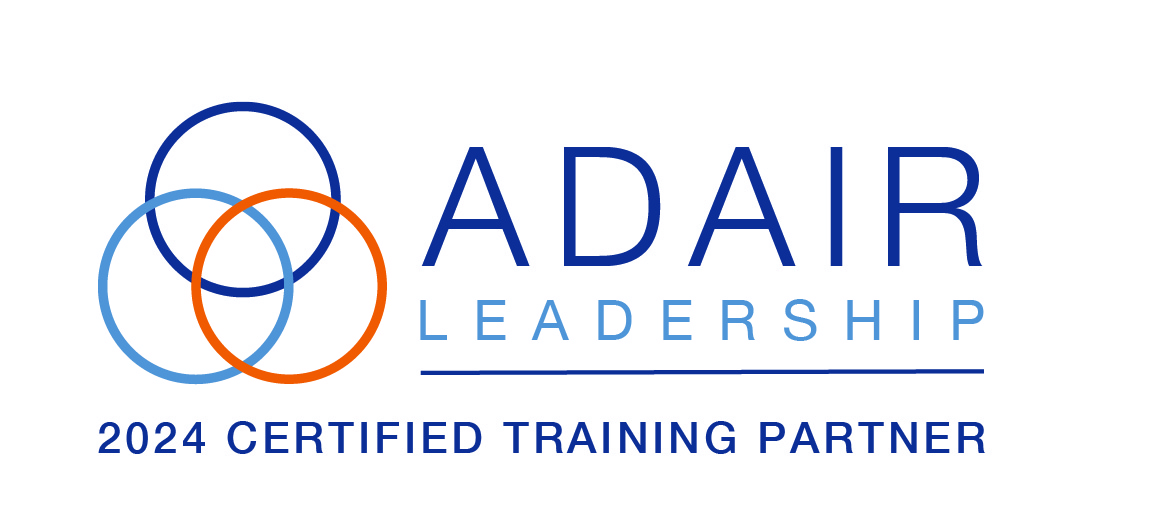Top Tips for Recruiting
Take a look at our top tips for your recruitment process:
1. Create accurate job descriptions and person specifications.
Before the recruitment process begins, the employer needs to gather all the information about the job together to form the job description and person specification. This is a good time to review the job role and see if it is still fit for purpose – is it still required? Has it changed? What skills will the role demand in the future? The job description should provide a clear guide about the requirements of the job as well as communicating the employers’ expectations in terms of performance. Further, the person specification should identify the experience, skills and competencies required for this role.
2. Attract applicants through a range of methods.
There are different techniques for generating interest from potential job applicants. These include advertising the role internally which provides opportunities for employees to progress their development and career. Additionally, there are many ways of advertising a role externally including through the organisation’s website, professional networking sites, recruitment agencies or job sites. It is important that all job advertisements are clear and indicate the main details of the role, such as the location, reward package and requirements for the job in addition to the details of how to apply. A summary of the job description and person specification can form the basis of your advert.
3. Use of competency based interviews during the selection process.
Interviews are very widely used during the selection process and can take many forms. They give both the employer and job applicant an opportunity to obtain information about the job role and whether it would suit the skills and competencies of the individual. Competency based interviews are structured interviews that work on the principle that past behaviour is the best indicator of future performance. During this type of interview each question targets a skill needed for the job, such as communication, commercial awareness or leadership.
4. Carry out pre-employment checks.
Some of the checks undertaken during pre-employment are requirements of UK law, such as ensuring the applicant has the right to work in the UK and seeking a DBS check for certain job roles. References form a crucial part of the pre-employment checks and can be written, emailed or taken over the phone. Remember that many employers will only give very brief ‘factual references’ such as how long an applicant worked for them, the job they did and pay etc. It is important to note that the Equality Act 2010 prohibits employers from asking applicants any questions relating to their health before a job offer is made, unless in very specific circumstances, one being the need to make adjustments for a person with a disability to attend an interview.
5. Establish an efficient induction process.
Induction provides an opportunity to welcome new employees to the organisation and ensure they have the knowledge and support needed to perform their role. As a result, an efficient induction process may impact the turnover, absenteeism and employer brand of the organisation. A good induction programme should clearly outline the job requirements and explain all the key policies and terms and conditions of their employment, such as the disciplinary policy and sickness absence policy. All practical information affecting the job should be explained such as the office opening hours, the IT and phone system used as well as the facilities provided. Health & Safety information and meeting key employees is also important to include within the induction process. Without a structured induction process, it may result in loss of productivity, low morale and failure to work to their highest potential, possibly resulting in them leaving the organisation, which incurs a range of costs such as recruiting and training a replacement.
6. Manage the probationary period.
It is important that all organisations have a system in place to monitor new employees during their probationary period and that the employee is aware that their performance is being monitored. The period most commonly lasts for 3 or 6 months and is an important way of assessing a new employee’s performance. The employee’s performance should be monitored at regular intervals during the probationary period, not just at the end, so the employer can provide feedback and set the necessary targets. Once the final probationary meeting has taken place, the employer should confirm in writing the outcome of the probationary period, whether the employee has been successful or not or if the probationary period is to be extended.
Perspective HR provide a Recruitment Pack to their outsourced clients containing a range of resources to assist during the recruitment, selection, induction and probationary process, such as job description templates, examples of competency based interview questions and letter templates confirming the successful completion of the probationary period.



